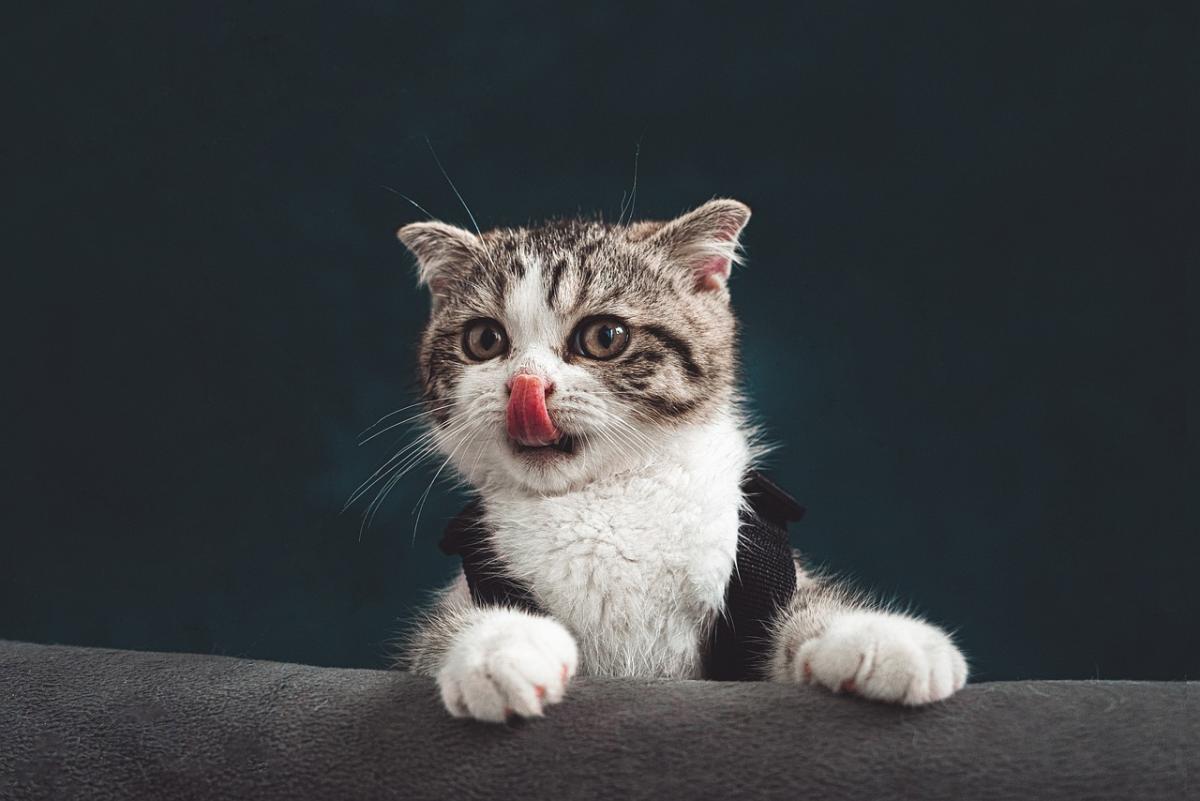Feeding your cat a raw food diet can bring about some exciting benefits that both you and your furry friend will appreciate. First off, raw cat food is packed with high-quality proteins, which are essential for your cat’s overall health. Since cats are obligate carnivores, their bodies are designed to thrive on a meat-based diet. This means that raw food can help boost their energy levels and keep them active and playful.
Another great perk of raw cat food is improved digestion. Many pet owners notice that their cats have smaller, firmer stools when they switch to raw feeding. This is because raw diets are often easier for cats to process. You may also find that your kitty’s coat becomes shinier and healthier thanks to the natural fats and nutrients in raw food.
Switching to a raw diet can also help in managing your cat’s weight more effectively. Because raw food is usually lower in carbohydrates than traditional kibble, it can help prevent obesity in cats who are prone to gaining weight. Keeping your cat at a healthy weight is vital for their long-term well-being.
Finally, feeding raw can lead to a happier, more energetic cat. Many pet owners report that their cats seem more playful and engaged after making the switch. This can improve your bond with your cat as you enjoy more active playtimes and snuggles together.
Common Misconceptions About Raw Diets
When it comes to raw diets for cats, there are quite a few misconceptions that can throw pet owners off track. Let’s break down some of the most common myths so you can feel more confident in your choices.
One big myth is that raw diets are unsafe for cats. While it’s true that handling raw meat requires care, many reputable brands take the necessary precautions in their processing. Just like with any food, following proper hygiene and storage guidelines makes a huge difference in safety.
Another misconception is that raw diets are too challenging to maintain. Some people think you need to be a chef to prepare them. In reality, many raw cat food options come pre-packaged and ready to serve. It’s as simple as opening up the package and feeding your cat—no complicated recipes needed!
Some folks think raw diets can lead to nutritional deficiencies. However, when formulated correctly, raw cat foods can provide all the essential nutrients your kitty needs. Look for brands that offer a balanced formula specifically designed for cats, ensuring they’re getting the right vitamins and minerals.
Lastly, many assume that only certain cats can benefit from a raw diet. In truth, most cats can thrive on a raw food regimen. This diet often leads to healthier fur, improved digestion, and fresher breath. Just remember to transition slowly and consult your vet if you’re unsure.
Transitioning Your Cat to Raw Food
Making the switch to raw food for your cat can feel like a big step, but it doesn't have to be overwhelming. Understanding how to transition your feline friend smoothly can make the process much easier for both of you. Start by introducing raw food gradually into your cat's diet to help their stomach adjust.
Begin with a mix of their current dry or wet food and a little raw food. A good rule of thumb is to start with about 25% raw and 75% of their usual food. Over the course of a week or two, slowly increase the raw food portion while decreasing the other food. Pay attention to how your cat reacts—if they seem to love it, continue to up the raw food content!
It's also important to keep things interesting. Cats can be picky eaters, so vary the types of raw food you offer. You might try different protein sources like chicken, beef, or fish. Mixing textures can also help, like ground meat versus chunks. This can keep mealtime fun and exciting for your kitty.
Lastly, watch for any tummy troubles. It’s not uncommon for cats to experience some digestive changes when switching diets. If your cat has ongoing digestive issues or seems unwell, it may be worth consulting your vet for advice. Remember, every cat is different, so go at a pace that works for your pet!
Choosing the Right Raw Cat Food
Next, look for brands that use high-quality ingredients. You want to see real meat as the main ingredient, along with a variety of organs and a few fruits or veggies. Some great options often include:
Don’t forget to check the packaging for feeding guidelines. Cats have specific dietary needs, so make sure the food meets those requirements. If you’re unsure, consulting with your vet is a smart move. They can help you pinpoint what’s best for your kitty.
Lastly, keep an eye on your cat’s reaction to the new food. Transitioning to raw may take a little time and patience. Monitor their health and behavior, and adjust as necessary. A happy, healthy cat is worth the effort, and you’ll both enjoy the benefits of a raw diet!

